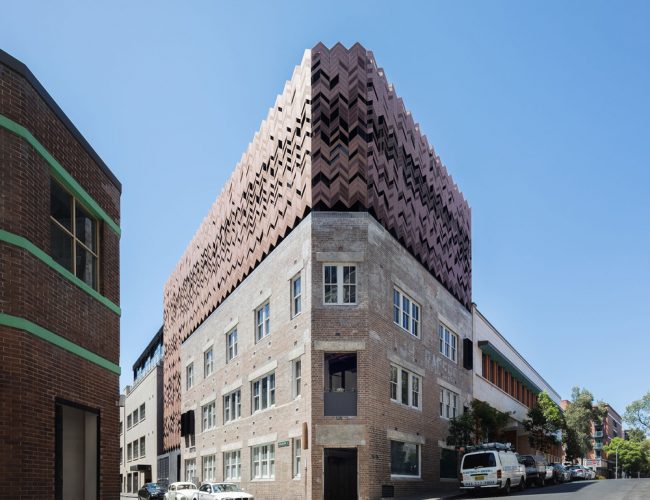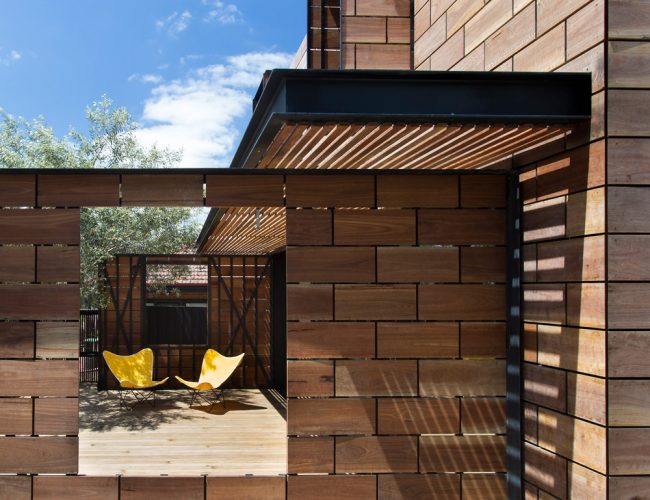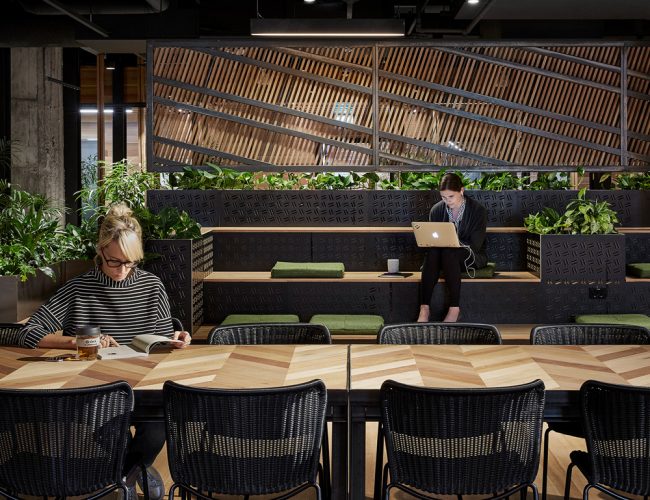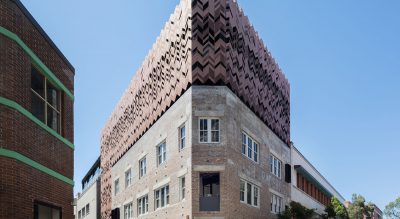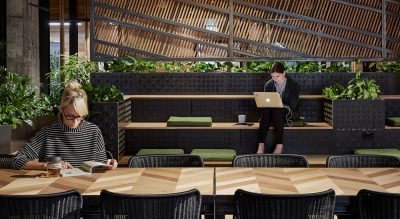Breathe Architecture is a Melbourne based studio, designing world class architecture with an enduring and meaningful impact on housing affordability, accessibility, and sustainability. Underpinning all of our work is the rigorous pursuit of sustainable design that is simultaneously beautiful, seemingly effortless, and environmentally positive. We have maintained our position at the forefront of sustainable design since inception; and through our award-winning built works, advocacy and design leadership, have built a reputation for delivering high-quality architectural solutions.
We are who we are, and have the purpose and vision we do because we believe we can make a difference. It is through this lens we find broader opportunities and greater design solutions that others do not see – or simply do not want to consider. We push that extra mile because we genuinely care about the outcome, form, and function, both now and into the future. We consider ourselves accountable. Environmentalists. Humanitarians. Urbanists. Activists.
Our purpose is to design architecture that is meaningful and accessible to all. To approach the built environment from a holistic and sustainable perspective, reconciling ecological and social design impacts within any economic climate. We aim to be change agents in this space. We mean to be advocates for the people in the cities in which we live and work.
Environmental Action:
Breathe Architecture is a NoC02 business certified by the Carbon Reduction Institute (CRI) under the NoCO2 Program. To achieve this status and become carbon neutral Breathe Architecture undertook the following process:
- Commissioned a NoCO2 audit from CRI to measure their carbon footprint, through the determination of the GHG emissions that resulted from their operations over the 2018 financial year (FY2018). CRI’s NoCO2 audit follows the standards outlined by the World Business Council for Sustainable Development’s Greenhouse Gas Protocol Corporate Accounting and Reporting Standard (1), in addition to the international standard ISO 14064.1 (2).
- Have committed to offset their unavoidable emissions through the purchase of units in approved projects under the Verified Carbon Standard (VCS), and
- Committed to ongoing annual auditing of their emissions.
What does NoCO2 mean?
By meeting the requirements of the NoCO2 Program, Breathe Architecture is now a carbon neutral business. All services provided by Breathe Architecture are carbon neutral and can display the Carbon Neutral Service Logo.
What Carbon Credit Projects do Breathe Architecture purchase units from?
India: Clean energy from biomass
Environmental problems in India are growing rapidly. The increasing economic development and a rapidly growing population that has taken the country from 300 million people in 1947 to more than one billion people today is putting a strain on the environment, infrastructure, and the country’s natural resources.
India’s air pollution is exacerbated by its heavy reliance on coal for power generation. Coal supplies more than half of the country’s energy needs and is used for nearly three-quarters of electricity generation. While India is fortunate to have abundant reserves of coal to power economic development, the burning of this resource, especially given the high ash content of India’s coal, has come at a cost in terms of public health risk and environmental degradation.
Reliance on coal as the major energy source has led to a nine-fold jump in carbon emissions over the past forty years. The government estimates the cost of environmental degradation has been running at 4.5% of GDP in recent years.
Biomass projects are implemented in small or large industrial plants. Their aim is to utilize agricultural waste or other non-renewable biomass residues as fuel to generate power and to lower the plants’ dependence on the local grid for electricity. Before the implementation of the project, the electricity needs of such plants were met by power from a coal-dominated grid. To meet the rising energy demands in production, a new efficient biomass boiler was installed together with a steam turbine, producing both steam and electricity. The new boilers are fuelled with locally available agricultural waste instead of traditional, emission intensive coal.
Before the start of the project, these agricultural residues were not used. They were either burned without harnessing the resulting thermal energy or simply left to decay, thereby generating methane emissions. The plant’s steam and electricity requirements can be now supplied by the new cogeneration unit. The investment required for the installation of the new cogeneration unit could not have been raised were it not for the revenue from sales of carbon credits.
Beyond the reduction of greenhouse gases, these projects contribute to local sustainable development by:
- Creating jobs
- Creating additional income for farmers from agricultural waste
- Alleviating the load on the unstable regional electricity grid
- Reducing emissions
- Creating a business case for regional empowerment through environmentally friendly technology, and
- By utilizing locally available, sustainable fuel sources thereby reducing the dependence on energy imports on a national level
